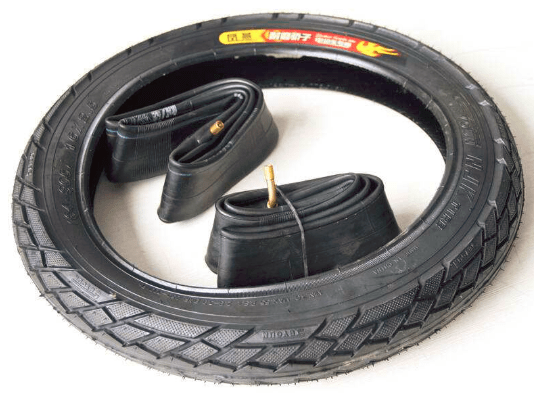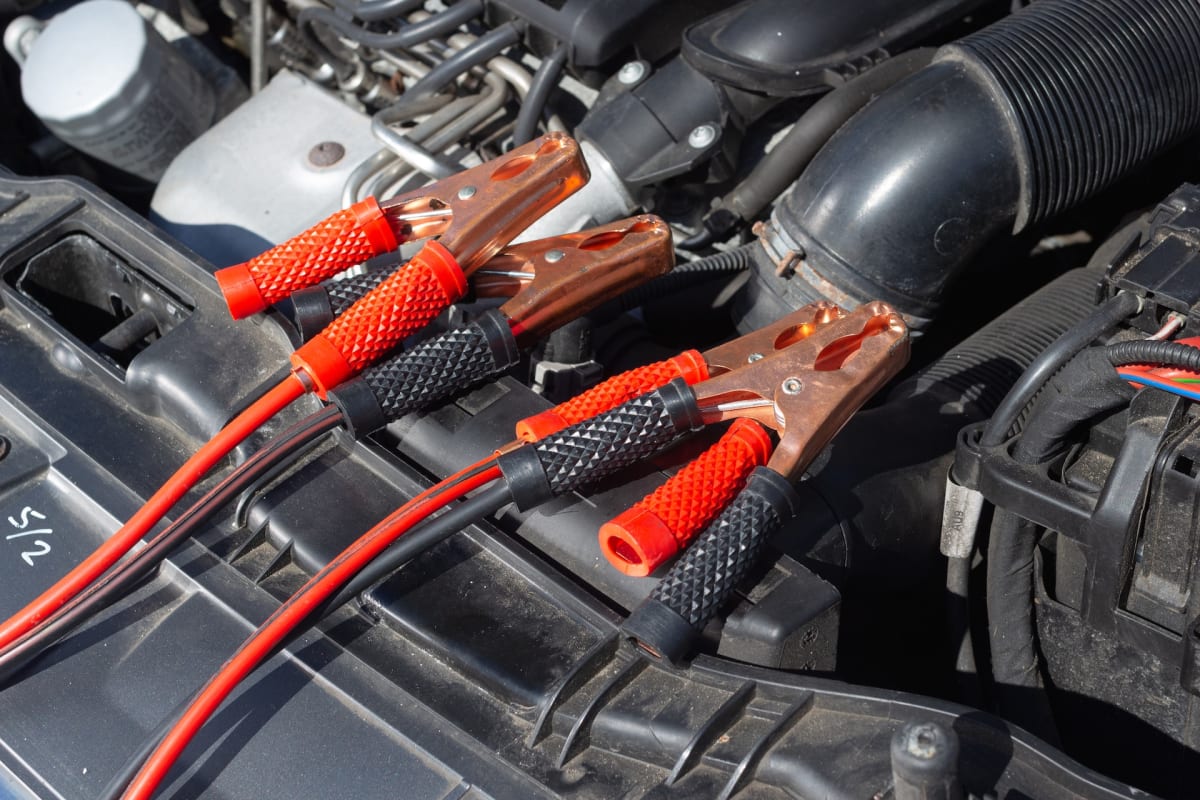
Electric Tricycle Tire Pressure: Detecting Leaks and Ensuring Safety
September 18, 2023
How to Handle Electric Bicycle Controller Damage
September 26, 2023Contents
- 1 Why is the rear wheel of the electric bicycle tight when not powered?
- 2 What are common problems with electric bicycles, and how should they be repaired after a malfunction occurs?
- 3 What are common faults in electric bicycles?
- 4 How to determine if a controller short-circuited or if the motor has water damage?
- 5 When the battery is full, why does the electric bicycle stop when accelerating?
- 6 Common issues with spark plugs and their troubleshooting:
- 7 How to maintain and prevent theft of electric bicycles:
- 8 Knowledge about lead-acid batteries:
- 9 Dealing with a faulty 64V electric bicycle controller:
- 10 Electric bicycle controller wiring and common issues:
Why is the rear wheel of the electric bicycle tight when not powered?
The controller may have suffered water damage, which is a common issue. When the controller’s components connected to the three-phase wires get wet and short-circuit, it can cause this problem.
What are common problems with electric bicycles, and how should they be repaired after a malfunction occurs?
Common issues include brake handles not returning to their position, leading to an automatic power cut-off. To fix this, check the brakes and move them back and forth to resolve the issue.
Battery connectors can become loose.
Internal wiring connections in the battery can degrade over time, leading to poor contact.
Batteries used for over a year and a half can experience oxidation and reduced capacity.
The controller is a common point of failure and may require replacement.
What are common faults in electric bicycles?
When buying an electric bicycle, don’t just focus on its appearance. Pay attention to the three main components: motor, battery, and controller. Choose a reputable motor brand, preferably with around 350W of power. Use branded batteries like Chao Wei or Tian Neng, as off-brand foreign batteries can be expensive. Avoid extremely low-capacity batteries marked as 20a/h, as these are prohibited. Maintain your battery by recharging it before it’s fully depleted, typically when it has around 30% capacity remaining.
How to determine if a controller short-circuited or if the motor has water damage?
If the motor’s wheel feels obstructed when you try to turn it by hand while the power is off, it could indicate motor damage. If there are no issues while riding, it’s likely a controller plug that got wet. Disconnect the battery, dry the controller, and reconnect it to resolve the problem.
When the battery is full, why does the electric bicycle stop when accelerating?
In such cases, check the battery voltage with a multimeter to confirm the issue. If the voltage drops significantly when accelerating and the motor stutters, it may be a battery problem. Check the battery fuse and connections. If the voltage remains stable, the issue could be related to the lock control switch, wiring, or a controller fault.
Common issues with spark plugs and their troubleshooting:
Spark plug problems include electrode erosion, overheating, and carbon buildup, which can affect engine stability and power. Erosion can result from a mismatched heat range, so use spark plugs with the appropriate heat range. Overheating may be caused by advanced ignition timing or a lean air-fuel mixture, so adjust the carburetor and use spark plugs with lower heat ranges. Carbon buildup can lead to misfires and should be cleared regularly.
How to maintain and prevent theft of electric bicycles:
Regular maintenance includes lubricating and rustproofing transmission components, tightening fasteners, and balancing spokes. Charge the battery properly by using a suitable charger and adding distilled water to cells periodically. To prevent theft, consider using electric bicycles with built-in alarm systems that trigger when the bike is tampered with.
Knowledge about lead-acid batteries:
Charge the battery at around 0.1C with balanced charging preferred.
Discharge at a rate of less than 0.5C for longer battery life.
Maintain the battery by adding distilled water as needed.
Lead-acid batteries are negatively affected by overloading, so avoid steep slopes and heavy loads.
Reduce charging voltage in high-temperature conditions to prevent overheating.
Dealing with a faulty 64V electric bicycle controller:
Controller issues can be complex and costly to repair. Depending on the problem, it may not be cost-effective to fix it. Brushless controllers usually have eight wires, and the motor wires are different from brushed controllers. Troubleshooting involves checking motor connections and controller functionality.
Electric bicycle controller wiring and common issues:
Wiring depends on the specific controller, but generally, you’ll have wires for power (positive and negative), a signal wire, and possibly brake cutoff wires. Different-colored wires may be used for speed limiting, lights, and other accessories. Proper wiring and connections are essential for reliable performance.
Please note that these answers provide general guidance, and specific issues may require professional inspection and repair.



